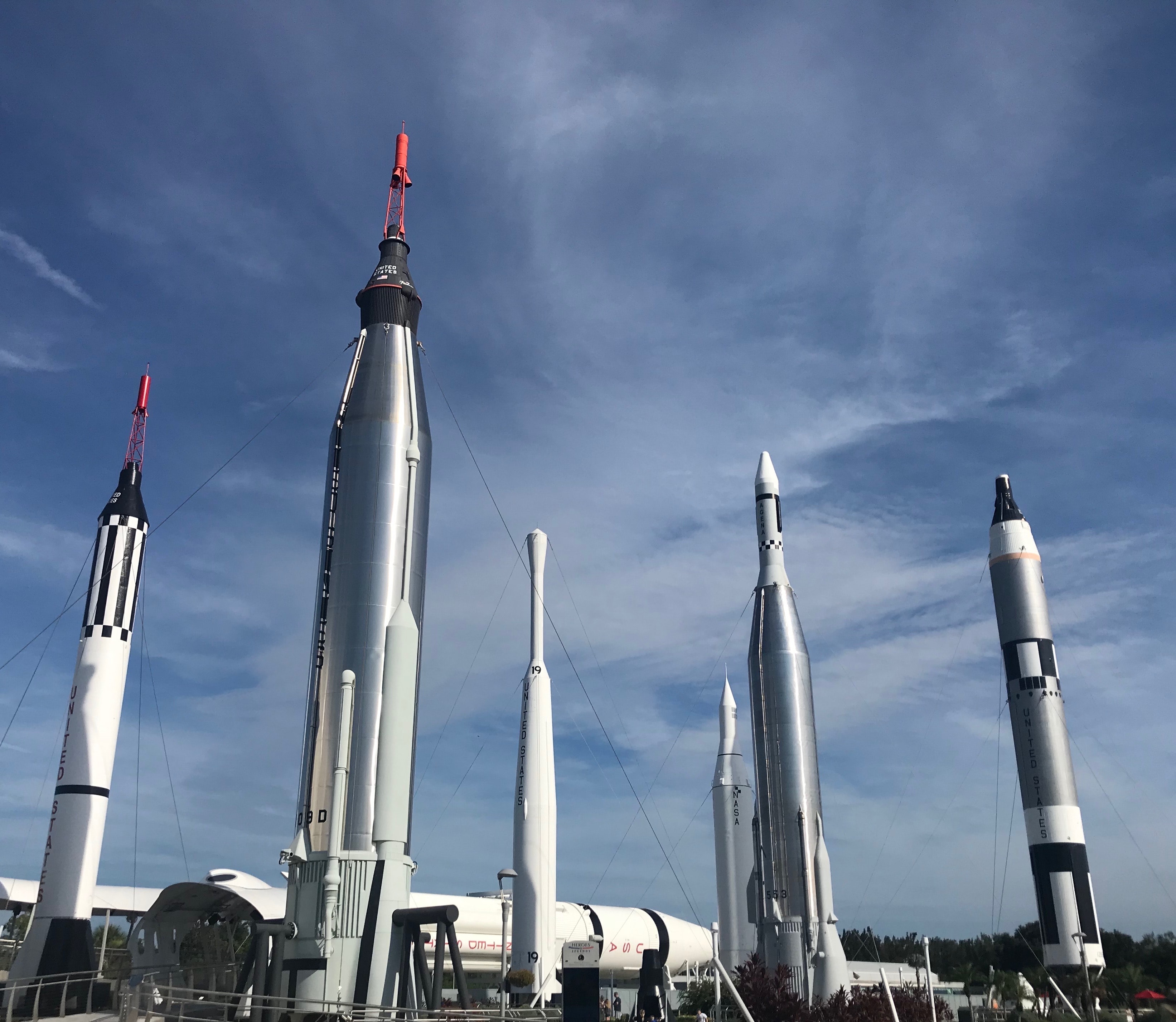The Rocket Lab

Photo by riya rohewal on Unsplash
Skills: Control Variables; Collect Data; Calculate
Pre-lab Prep
- Download a Science Lab Writeup. You will record and turn in the results from the lab.
- Collect the following items: fishing line, scissors, tape, balloon, drinking straw, meter stick watch to measure seconds, pencil, and paper.
- Setup a set of sawhorses or chairs 3 meters apart.
- Cut a length of fishing line the width of the sawhorses or chair (The launch pad). Attach one end of the fishing line to a table or chair. Inflate the balloon.
- With tape, attach the balloon to the straw. Deflate the balloon.
Procedure
- Hold the straw so the neck of the balloon faces you. Thread the free end of the fishing line through the straw.
- Tape both ends of the fishing line to the launch pad. Measure the distance from the end of the balloon to the attached end of the fishing line. Record the distance in meters.
- Inflate the balloon. Pinch shut the neck of the balloon. Hold one end of the fishing line.
- Release the inflated balloon. Record the time in seconds it takes the balloon to reach the other end of the fishing line.
- Calculate the speed of the balloon. Record the speed in the data table on the next page.
- Change the amount of air in the balloon. Record each variable you change.
- Repeat steps by inflating it as a small, medium and large balloon. Record the speed for each trial in a data table.
Analysis
- What variables did you change on your balloon rocket?
- Which variable caused the slowest speed?
- Which variable caused the highest speed?
Conclusion
Complete the lab write-up and show how the speed of a balloon rocket is affected by the amount of air in and size of the balloon.
Extension
How would you change the results by reducing the friction on the fishing line? What if you use a metal straw?
Everyday Application
Apply the results of your findings to discuss how a jet airplane might control its flight speed and the angle of a climb.